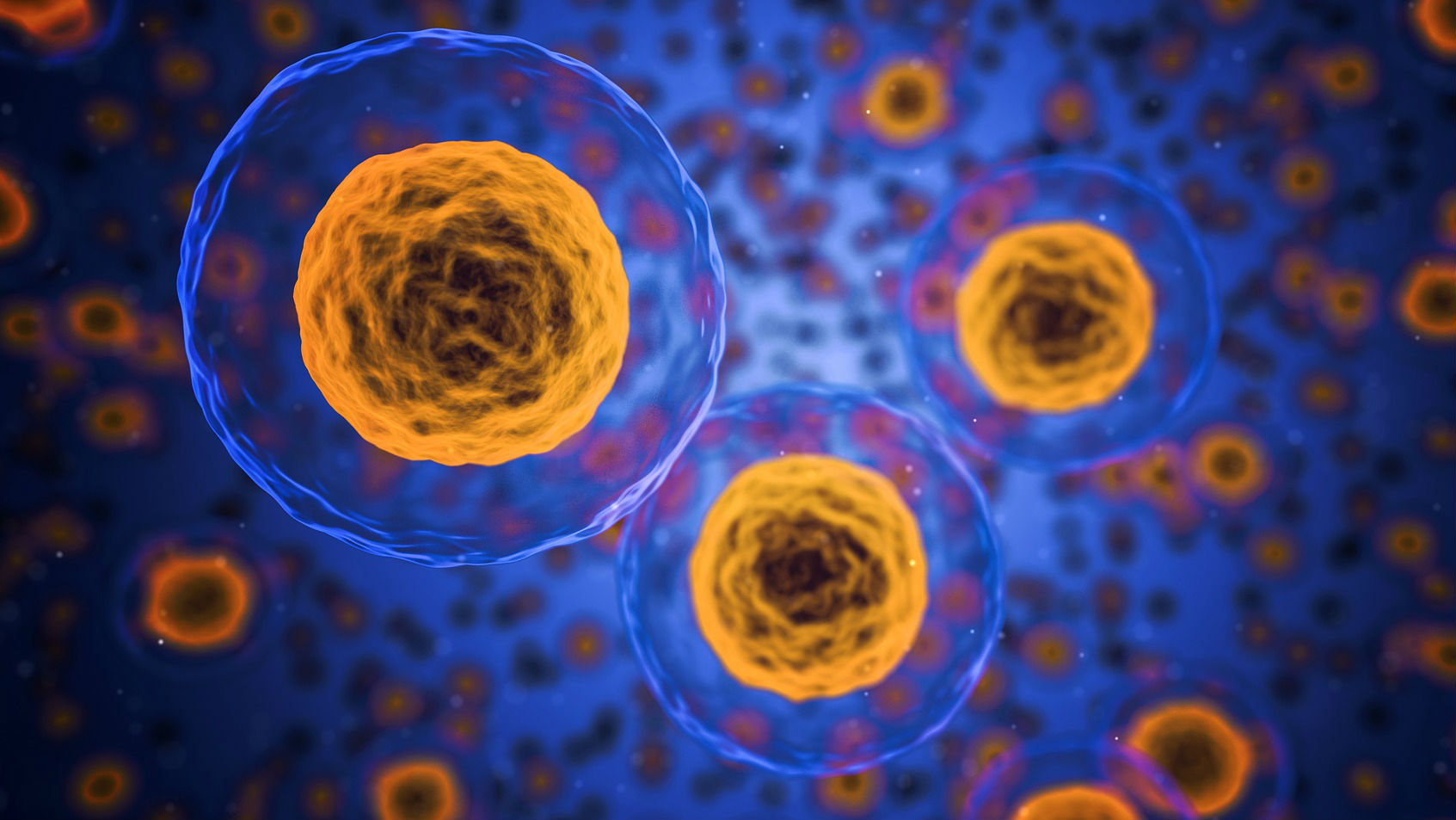Light-Activated Muscle Sets Stage for New Generation of Robots

What’s the Latest Development?
Working in the relatively new field of optogenetics, engineers at MIT and the University of Pennsylvania have created light-activated muscle which they believe will lay the groundwork for a new generation of robots that mimic the subtle and precise movements of living animals. Researchers sought specifically to create skeletal muscle—a stronger, more powerful tissue than cardiac or smooth muscle—because it is essential to movements like walking and running. Unlike cardiac muscle, however, which flexes spontaneously as a heart beat, skeletal muscle needs external stimuli to function.
What’s the Big Idea?
Light provides the stimulus necessary to flex the lab-created skeletal muscle, providing a new ‘wireless’ way to control muscle contraction. The light-sensitive muscle tissue exhibits a wide range of motions, which may enable highly articulated, flexible robots—a goal the group is now working toward. “This ‘bio-integrated’ approach…may one day enable robotic animals that move with the strength and flexibility of their living counterparts.” Harry Asada, who helped lead the research at MIT, said: “With bio-integrated designs, biology provides the materials, not just the metaphor. This is a new direction we’re pushing in biorobotics.”
Photo credit: Shutterstock.com




